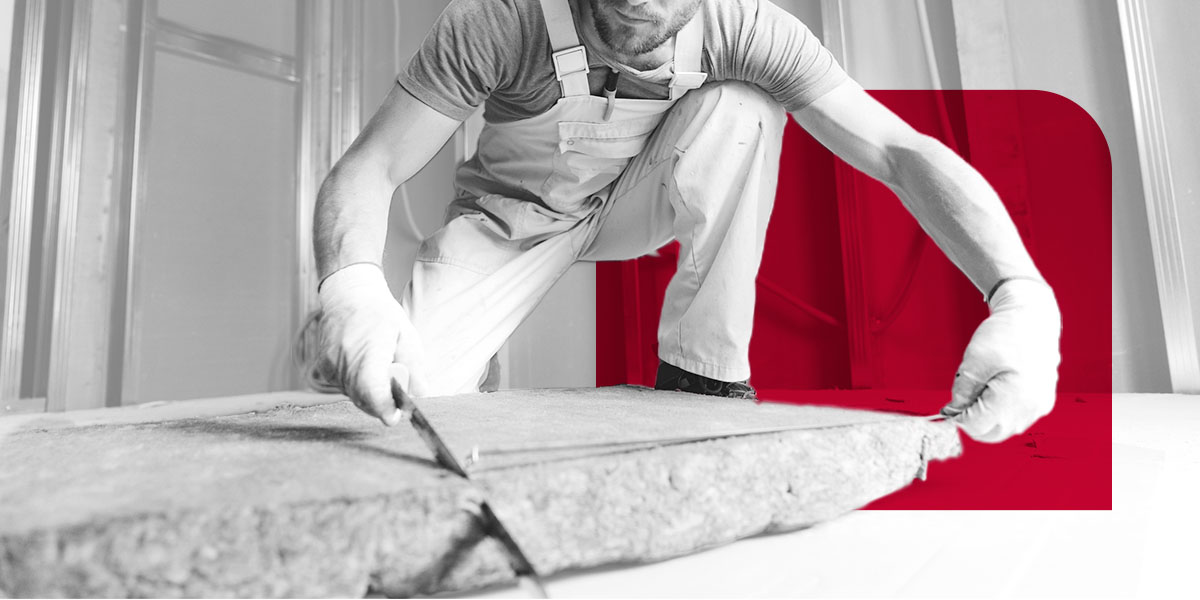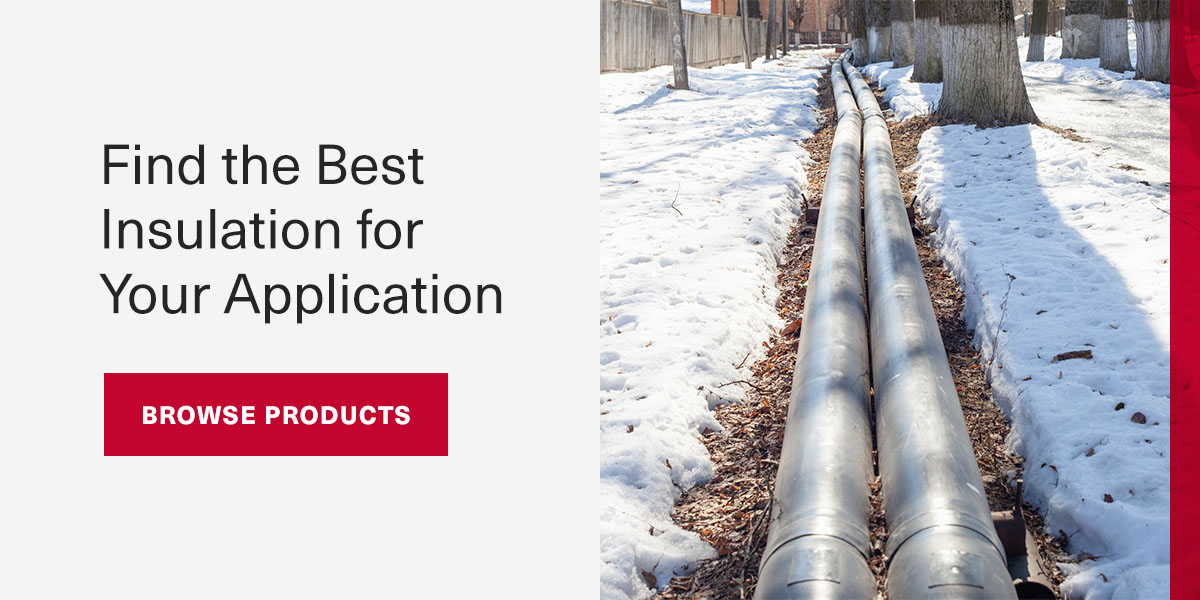Best Applications for Faced vs. Unfaced Insulation
Posted on Wednesday Jan 18, 2023 at 08:00AM in Insulation

When installing insulation in your construction project, knowing which type is best suited for the job can be confusing. Different options work better for different buildings, so it is important to understand the types available and how they are used.
This article breaks down faced and unfaced insulation options so you know which is ideal for your specific applications. Each kind has its own set of advantages and disadvantages, as well as special considerations for installing it. You can benefit from knowing what scenarios are best for each type and what you'll need to consider during installation.
Learn more about faced vs. unfaced insulation and when it is best to use each type.
What Is the Difference Between Faced and Unfaced Insulation?
The key difference between faced and unfaced insulation is that faced options feature an attached vapor barrier. Learn more about each type, along with their pros and cons:
Faced Insulation
Faced insulation refers to options lined with one of the following materials:
- Paper
- Vinyl
- Aluminum
Thanks to this lining, the insulation is held together and sturdier than unfaced alternatives. This type can have many benefits for buildings of all types. Some of the key advantages of using faced insulation include the following:
- Vapor barrier: Faced insulation is useful for moisture control. The lining provides a barrier that blocks water vapor from passing through a building's walls and ceilings.
- Easy installation: This type of insulation is especially simple to install. All the material is held together with the facing so you can roll or move it around without it falling apart. Faced options fasten to the wall easily, so this type is best to use when beginning an insulation project.
- Durability: A lining gives this insulation extra structure and stability, making it more versatile during installation.
This option also has some shortcomings, such as the following:
- Flammable: The downside to having facing on your insulation is that it can be flammable. You'll need to install it away from any heat sources because it could be a safety hazard.
- Not recommended for layering: When working with faced options, you have limitations regarding layering. Stacking two pieces with the vapor barrier lining sandwiched between the insulation can draw moisture and cause mold or mildew to develop.
- Can cost more: Faced insulation tends to be more expensive than unfaced insulation because of the extra material needed for the vapor barrier.
Unfaced Insulation
Unfaced insulation refers to options that do not have any type of lining. Instead, this material is more delicate and less structured without a moisture barrier lining. The pros of using unfaced insulation for your project include:
- Noncombustible: The greatest advantage of unfaced insulation is that it is nonflammable. You can use it to improve heat retention while lowering the risk of a fire. Having this barrier on your walls can slow the spread of fire in your building and offer occupants some peace of mind.
- Sound reduction: You can layer unfaced insulation to improve noise reduction between rooms. This option is the best choice because you can use as much as needed, while faced options cannot overlap.
- Can layer: Another advantage is that unfaced insulation can layer on top of each other without any worry about the vapor barrier holding moisture and wreaking havoc on the materials.

Along with these benefits, this type of insulation also has some cons, such as the following:
- No moisture barrier: One of the downsides of using unfaced options is that it does not feature a vapor barrier to keep moisture out of the building.
- Harder to install: This type of insulation is more challenging to work with because it is not held together with any lining. Installation can be difficult because using staples doesn't always work well with this material, and it is more vulnerable to tearing.
When to Use Faced Insulation
Faced options are the most suitable choice for first-time applications. It is the best pick to start the installation process if there is no existing insulation. Because of its vapor barrier, faced insulation is ideal for spaces where moisture control is needed.
The following are the most suitable areas to install this type of insulation:
- Exterior walls
- Ceilings
- Floor
- Attic
Before beginning your project, be sure you understand the best practices for installing faced insulation.
Considerations for Installing Faced Insulation
When installing faced insulation, you must ensure you have the paper vapor barrier facing the right direction. The lining should always be positioned to face the living space.
It is best not to stack faced insulation. Again, the barrier will likely draw moisture between each layer. The water vapor build-up can lead to problems like mold and mildew development, which shortens the working life of the insulation and will require a replacement sooner.
When to Use Unfaced Insulation
Unfaced options are most suited for applications with existing insulation. You typically will not install this kind unless another type of insulation is already present.
The best spaces for unfaced insulation include interior walls and between floors of a building. Because this option does not help with moisture control, it is more useful for interior areas where outdoor climates are less impactful.
You can also use unfaced insulation for soundproofing purposes. Stacking can muffle the noise between rooms and different floor levels.
Considerations for Installing Unfaced Insulation
When installing unfaced options, there are a few key considerations. First, you will need to add to existing insulation if you want to use this type. You can also install this kind of insulation closer to heat sources than faced insulation because it is not flammable.
To make the installation process much easier, you can use metal insulation supports or netting to help you handle it with more control.
Find the Best Insulation for Your Application
Building insulation has many benefits, from reducing energy costs to maintaining indoor temperatures. Since 1982, Specialty Products and Insulation has provided building insulation solutions for your thermal, fire protection and acoustic applications.
We have several faced and unfaced insulation options available, and our experienced team is here to help you find what you need. We'll guide you through every step along the way and assist you in making the right decision for your project.
Are you interested in learning more? Browse building insulation from SPI or contact us today!

